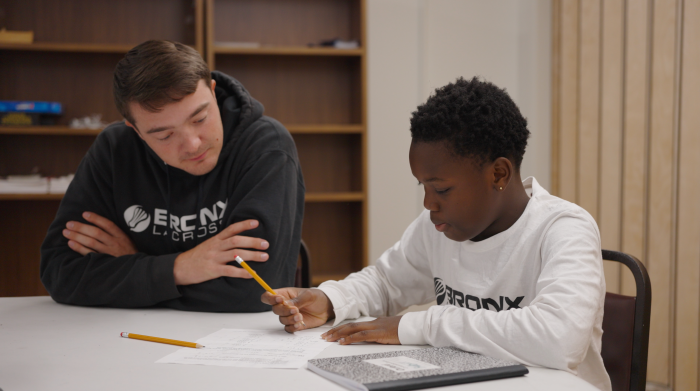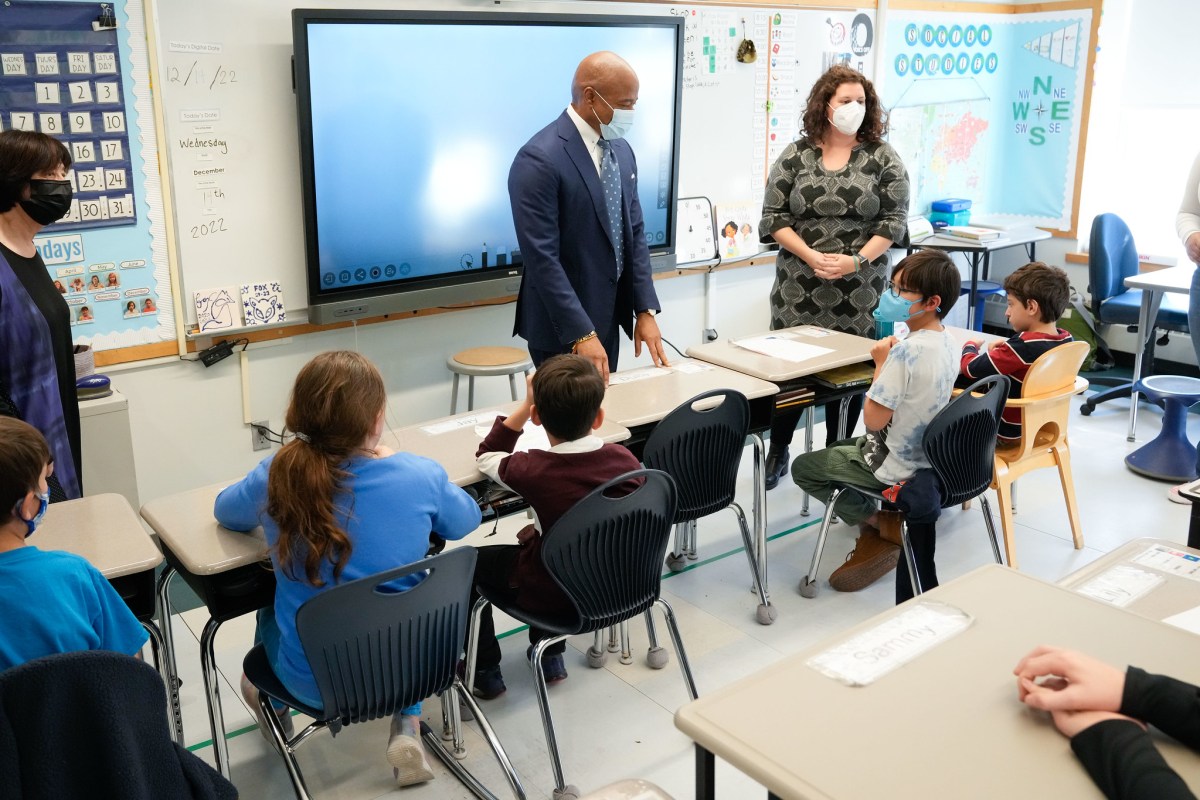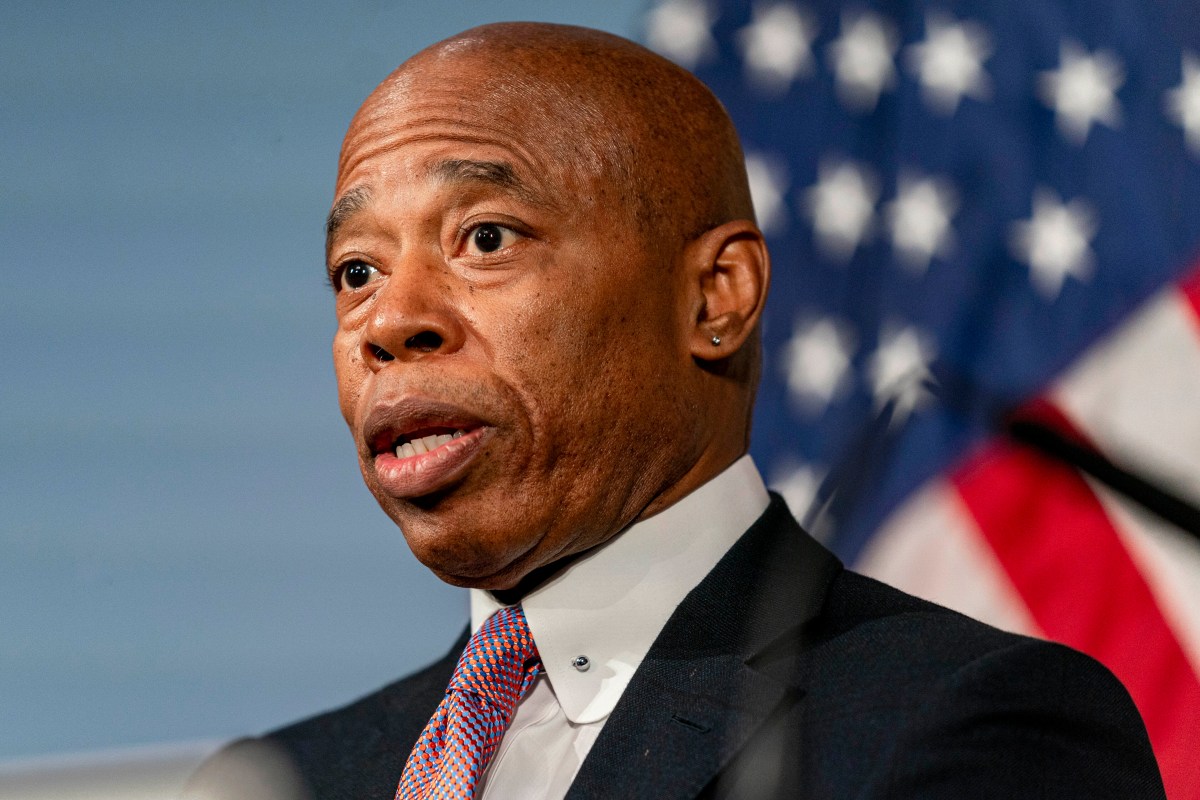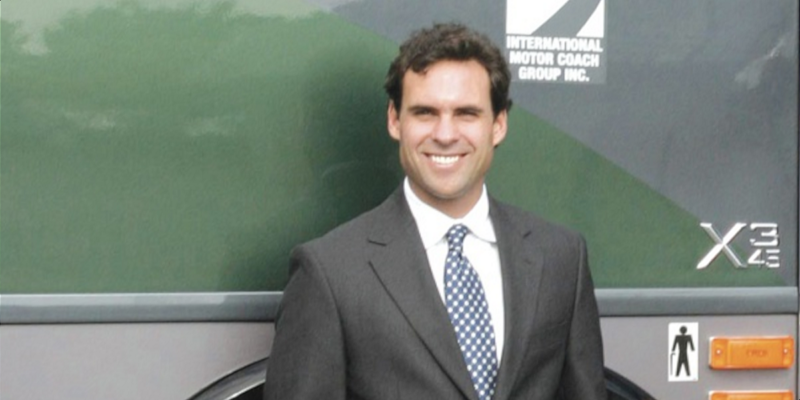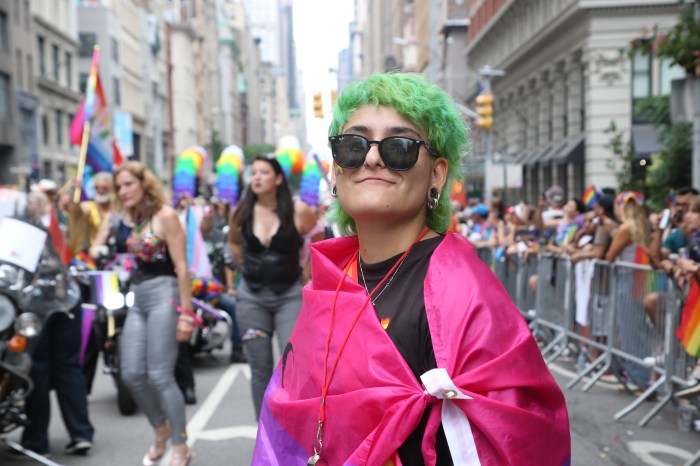As global leaders convene in New York this week for the United Nations General Assembly and Climate Week 2022, held concurrently, I am grateful to see the acknowledged urgent need for large-scale climate action. But while international commitments and infrastructural solutions are essential, it’s also crucial to remember that solving the climate crisis requires actions both big and small, worldwide and hyperlocal.
We must address the climate crisis block by block and person by person, from the “grassroots” level to the city government. To start, we need look no further than our own collective backyard, by protecting and expanding our green spaces in densely populated urban areas like New York City, and of course, our home borough of the Bronx.
Urban green spaces are areas within a city populated with grass, trees or nature, such as parks, sports fields, gardens or woods. Not only are these spaces often aesthetically beautiful, but they are transformative emotionally for the people who experience them. As president and CEO of The New York Botanical Garden, I witness this impact on visitors every day.
Here in the Bronx, we see firsthand that when people engage with nature at home, at NYBG or in community gardens, they become the environmental stewards that the world so desperately needs. Research suggests that children who have positive experiences with nature while they’re young are more likely to care for the environment as adults. Another recent study found a positive correlation between the time a person spends in nature and their perceived value of nature. Simply put, green spaces foster our affinity for nature — and people are more committed to protecting our Earth when they feel such a connection.
Helping people connect with their environment is a fundamental part of what we do at NYBG. Through programs like our class trips, immersive experiences for educators and summer camps, we teach visitors of all ages to love and respect the world’s plant life. While we are hopeful that programs like these will inspire lifelong commitments to nature, we also know that expanding green space locally is critical to making nature more accessible for our borough, which alone is home to nearly 1.5 million residents.
According to the United Nations, cities are major contributors to climate change, consuming 78% of the world’s energy and producing more than 60% of greenhouse gas emissions. These figures will only rise, since researchers estimate that by 2050, 68% of the global population will live in cities. Accordingly, it’s more important than ever to find efficient ways for cities to reduce their carbon footprint.
These efforts are also critical for the health of generations new and old. The connection between air pollution and the increasing prevalence of asthma and respiratory problems is well established. Here in the Bronx, this impact has been severe, with the highest overall rates per borough of asthma hospitalizations and deaths among children as well as adults.
Urban green spaces help mitigate pollution, reduce urban heating, promote storm water drainage and address other environmental issues stemming from climate change. Green spaces also create crucial opportunities for ecological research and study. At NYBG, staff scientists use our grounds and laboratory resources to produce influential research on plants and conservation, which in turn informs broader action against climate change and the timely understanding of its acceleration.
How can urban dwellers spur the spread of green space? Visit and support your public parks, showing the continued need for them; groups like Friends of Mosholu Parkland and Van Cortlandt Park Alliance are terrific advocates for essential parks here in the Bronx. Consider creating your own rooftop gardens. Tend to trees and plants in community gardens. At the citywide level, we support the public call for 1% of the city budget to be allocated to the Parks Department, which is responsible for the care and maintenance of our city parks as well as our street trees.
Green spaces are good for our city and our borough, for our environment and residents, and we must make them more abundant and accessible. For this reason, NYBG offers complimentary access to our gardens and collections for New York City residents all day on Wednesdays, and for Bronx residents all days the Garden is open to visitors (Tuesday-Sunday and federal holiday Mondays), through our Bronx Neighbors Program.
The climate crisis requires all hands on deck – from the U.N. Secretary General to every Bronxite. By protecting and caring for our local green spaces, we can make the Bronx and New York City more sustainable for generations to come.
Jennifer Bernstein is CEO and The William C. Steere Sr. President of The New York Botanical Garden.

















